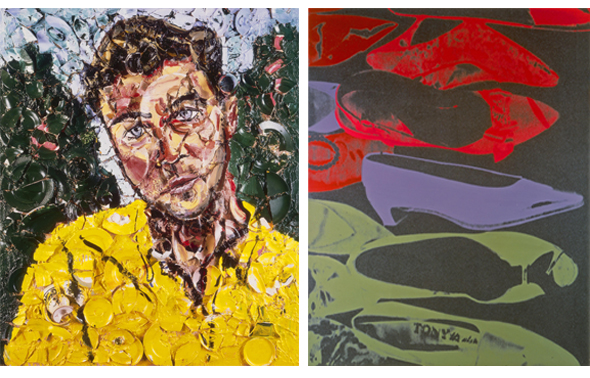During any given day, you will find me prepping to teach, cutting out thumbnails for an exhibition, speaking at a workshop on teaching at the Gallery, attending a History of Art Community meeting, editing my manuscript for the exhibition catalog, connecting to new colleagues on LinkedIn, or spinning at SHiFT cycling in New Haven. This week has been full of all sorts of challenges (intellectual, physical, logistical), and making it all work is a huge juggling act. Keeping all those balls in the air, thinking that they are each independent and autonomous of one another, while only I know that they are all interrelated. As one ball goes up, another goes down. The trick is keeping everything in motion, right? So just as my legs don’t stop spinning at my cycling class, I feel like my mind never stops moving (and that’s where yoga comes in).
The best thing is that I love every minute of it. I guess you could say I’m a born juggler. I thrive off the constant challenge and excitement of it all, and would be very poor at being bored or under-stimulated. I’m can definitely get overwhelmed by the work load and constantly switching gears, but I am not one to complain about it. I don’t think I could do it if I wasn’t genuinely passionate about academic affairs, teaching, curating, and the Gallery.
After all the craziness of the earlier part of the week, I have the next two days to slow down, return to editing my essay, and figuring out the objects for the show. I’m grateful for this next period of time to focus on keeping just a few balls in the air.










